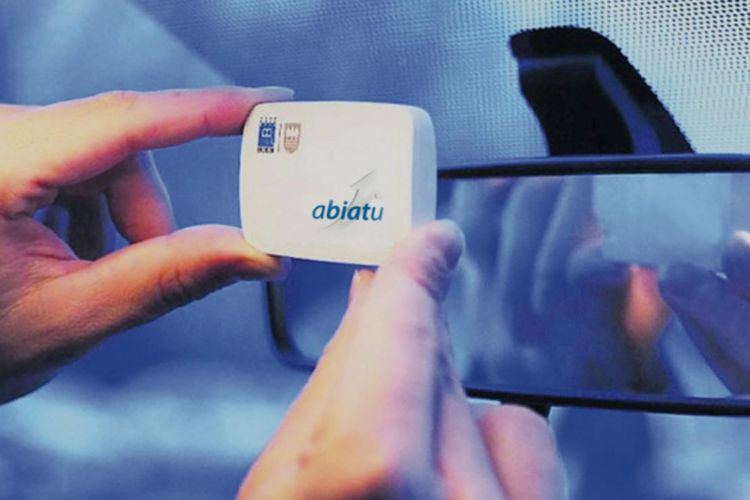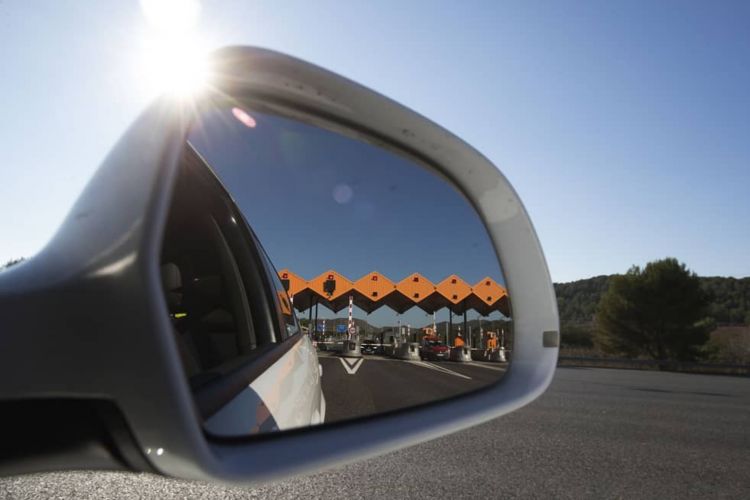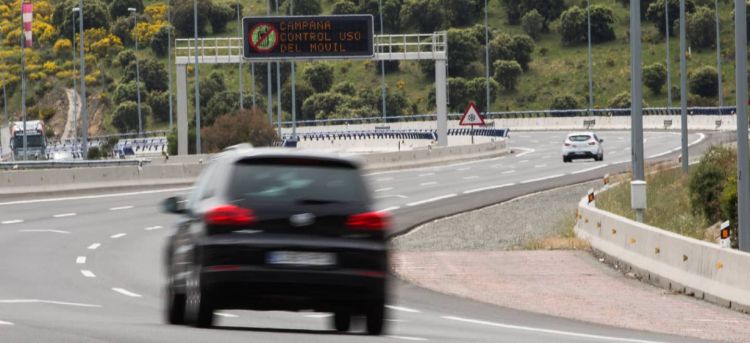For the last four years, there have been several highways that, coinciding with the end of their concessions, have raised their barriers allowing vehicles to circulate free of charge on them. Since last Monday there are three more: the R-2, as we told you a few days ago, the R-5 and the AP-41. Of course, it will not always be possible to circulate freely and the measure will not affect all drivers.
The R-5 (Madrid-Navalcarnero) and the AP-41 (Madrid-Toledo) will not be completely free: they will offer bonuses that will be temporary, they will only be applied in some of their sections and you will benefit from them certain drivers, specifically those who use the electronic toll system.
When, how and for whom will it be free?
The gratuity of the R-5 and the AP-41 will be temporary because it will be in force from January 30, 2023 to December 31, 2024. The resolution that includes the decisions made was published on January 27, 2023 in the Official State Gazette (BOE). As we said, the bonus will not be universal, since it will be applied as follows:
- From Monday to Friday, the return trip on the R-5 and the AP-41 will be free as long as the outbound journey took place between 6:00 and 11:00 in the morning. This measure affects all vehicles, except buses and minibuses.
- Drive along the R-5 and the AP-41 as well it will be free from the tenth trip made in the same month and always following the same route.
- minibuses and coaches they will have to pay a toll of one euro: without any requirement of time, day of the week or recurrence.
The R-5 and the AP-41
These highways are underused: which is why the State Land Transport Infrastructure Society (SEITT), which is in charge of their management, wants to promote their use. In this way, they seek ease the traffic of some nearby roads, whose occupation has grown significantly in recent years. To this we must add that these roads, in many cases, are not high-capacity and the increase in the number of vehicles that circulate on them translates into an increase in the accident rate.
It was in 2019 when SEITT took over the management of the AP-41, a broken highway that, in 2021 and according to data from the Ministry of Transport, Mobility and Urban Agenda, had an Average Daily Intensity (IMD) of 1,500 vehicles per day: fifty of them were heavy.
This motorway ends at the R-5, one of the Madrid radials that were built to alleviate the traffic that was generated at the entrance and exit to the capital: it also went bankrupt and did not achieve the expected decongestion either, since its IMD was 12,500 vehicles in 2021. However, the A-42 (Toledo-Madrid) had an IMD of 88,585 vehicles in Illescas and 141,948 between the M-40 and M-50.
The R-2, also free
A few days ago we told you that the R-2 will also be free, but not in its entirety. Until now, it was possible to circulate through it without paying between 0:00 and 6:00: now this condition is extended to 24 hours a day, but only in a certain section. It is the one that joins kilometer 54, located at the height of the Henares Industrial Estate (Marchamalo), to kilometer 60.5: a point located after the municipality of Taracena and before Valdenoches.
These 6.5 kilometers correspond to the last section of the R-2 before the connection of this highway with the A2 highway in the province of Guadalajara. The decision has been made to reduce traffic from the CM-10 and CM-101, which are roads with only one lane in each direction with shoulders of less than one meter and with an IMD of 14,084 and 11,257 vehicles, respectively. The R-2, in 2021, welcomed an average of 2,607 users per day: a figure far removed from its total capacity.






